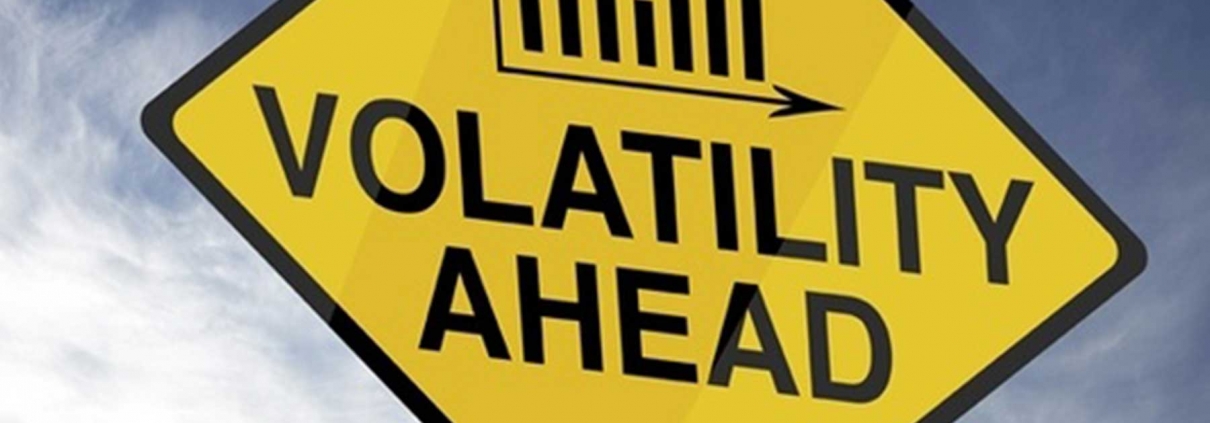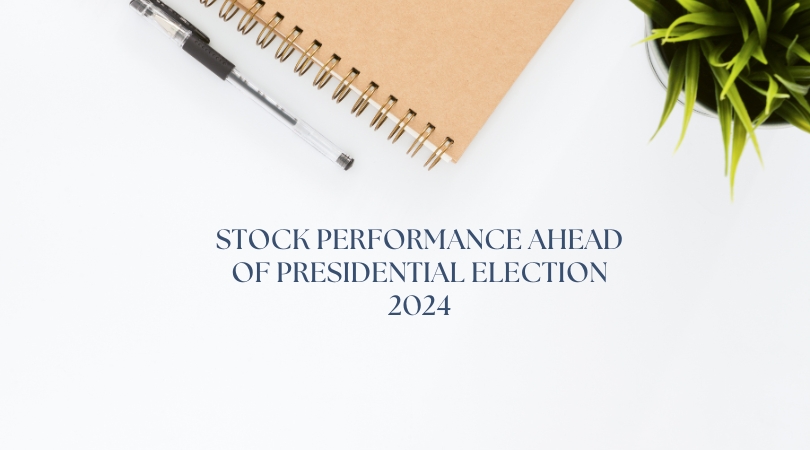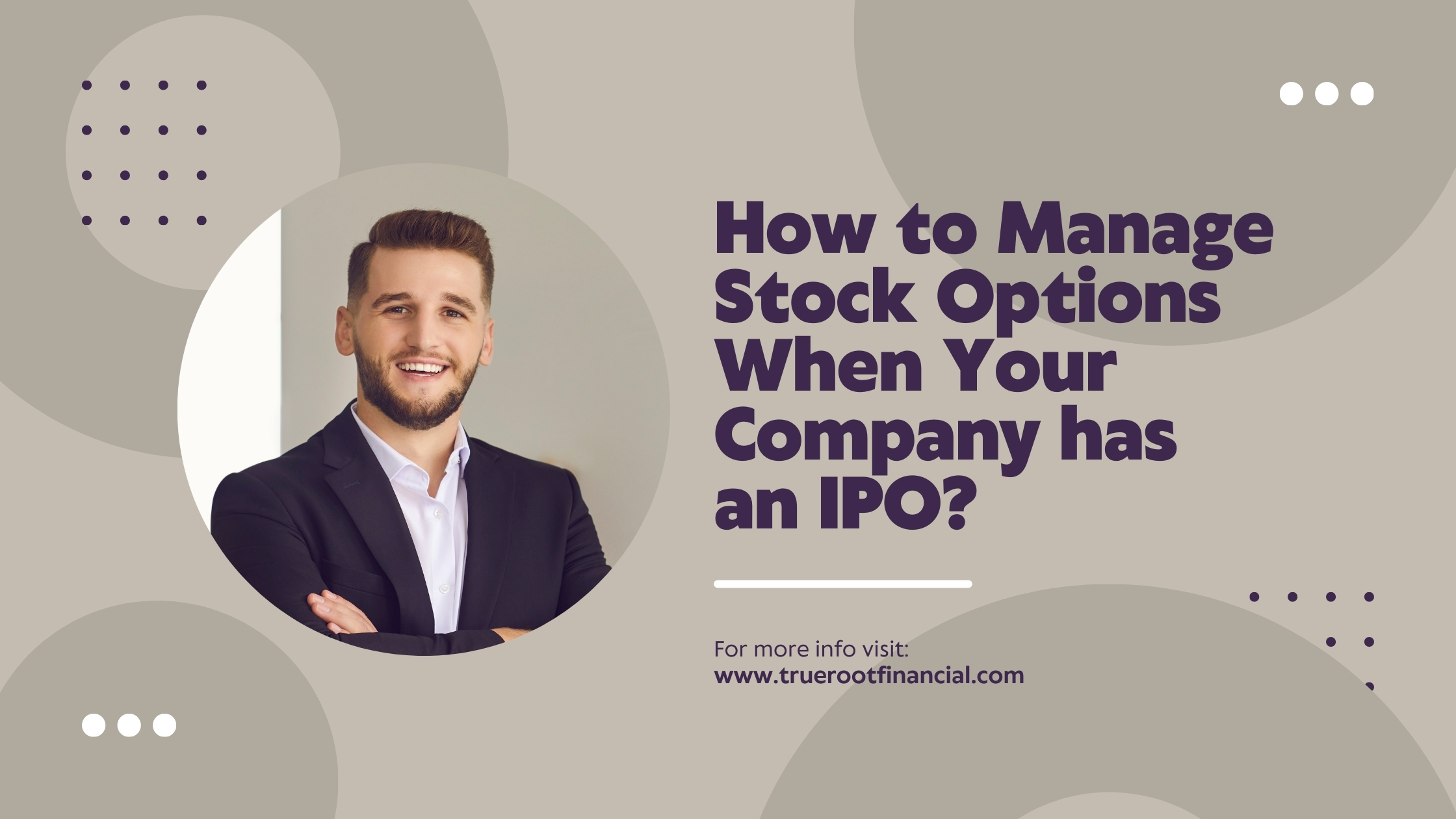Coronavirus: A lesson in dealing with a volatile market
Roshani Pandey is a financial advisor and founder of True Root Financial. True Root Financial is located in San Francisco, CA and serves clients across the globe.
Just when you think you’ve become an expert in doing life, it throws you a curveball. Investors seemed to wake up to a similar curveball last week as the US markets plummeted by more than 10% in a week on news that the Coronavirus was spreading further and faster than previously anticipated. Reports confirmed that the virus had spilled over from China to Japan, South Korea and even countries further away like Italy and Iran. The World Health Organization (WHO) confirmed that the virus was now in all four continents.
In an opinion piece in the New England Journal of Medicine, Microsoft co-founder Bill Gates said the outbreak could be a once-in-a-century pandemic.
This week, after several countries announced coordinated policies to both ease financial conditions and to strengthen institutions to fight against the spread of the virus, the markets calmed down a bit. However, at the time of writing this article, it is still down for the year.
The economic impact of Coronavirus
As a result of the massive shutdown ordered by the Chinese government to contain the virus, business activity in the country fell to a record low. One of the data that economists use to detect the health of the economy is the Purchasing Manager’s Index (PMI). The PMI is calculated by literally surveying senior executives of many businesses to detect the strength of their businesses and in turn that of the economy as a whole. The Chinese manufacturing PMI suddenly sank to 40.3 in February, down from January’s 51.1. The Service PMI went down to 29.6 from 54.1. Anything below a reading of 50 is a sign that the economy might be losing steam.
The data is troubling, given that China now accounts for about 20% of the global economy, not the tiny 4% it did at the time of the SARS outbreak in 2003. As the virus spreads, the economic impact it may have on other big economies like Japan, South Korea and Italy will only make things worse.
Add to all this, the fact that the US is now in its eleventh year since the Great Recession. That’s the longest the US has gone without a recession. That means that we are long overdue for one, as all cyclical economies like the US go through the cycles of boom and bust.
Could this be the push that sets the US off for the next recession and a bear market? Or is it merely a correction, a drop of around 10% that will swiftly reverse course in the next few weeks? We don’t know, yet.
Correction vs. a bear market
A correction is a smaller drop in stock price that also recovers quickly. A bear market is a much deeper drop in stock price that takes much longer to recover from. According to a research by CNBC, the average correction for the S&P 500, post-World War II lasts 4 months and sees stocks down 13%. The average bear market on the other hand, lasts 13 months and sees stocks down 30.4%. Additionally, it takes nearly two years to recover.
To put it in context, not counting last week’s correction, in the last 20 years, there have been 8 other corrections. Only two turned into a bear market, one from the dotcom bubble burst in 2000 and the other from the 2008 financial crisis.
As you can see, corrections are actually pretty common. In fact, even in a year where the markets end up higher than where they started, they may go through corrections, only to come back up. However, bear markets are more painful. Not only are they a bigger drop in stock value, they also take much longer to recover from. While many things can cause a correction, bear markets typically come out of an economic recession. A recession takes place when the economy shrinks for at least half of the year.
This is the reason why the weakness in China’s economy as shown by the PMI data is worrisome. If China falls into a recession, it could have a damaging impact on the world economy and could potentially cause a global recession.
So, what should you do?
If this turns out to be a correction:
The last big correction we saw was in December, 2018 when the market fell nearly 20%, touching the bear market territory. Many thought that this might be the beginning of a recession. But markets reversed course in the next few months as recession fears ebbed and by mid-June of 2019, the market had risen almost 23% from the December low. Markets went onto advance further and 2019 turned out to be a blockbuster year with the S&P posting a 29% return.
If you had sold everything and stayed in cash when you saw the big drop in December 2018, you would have missed the big rally in 2019.
If this turns out to be a bear market:
The most recent bear market was October 2007 to March 2009, when the market plunged 57%. The markets did get back up but it took four years to do so. But if you had sold and cashed out in 2007 or 2008, it could have taken even longer for you to recover because it’s impossible to time the market.
To time the market correctly, you have to make two correct decisions: exit at the right time and re-enter at the right time. Needless to say, getting both the exit and re-entry points correct is extremely difficult, if not impossible. So, given the uncertainty, the best thing to do is to do nothing and stay the course, provided that you set up the right asset allocation to begin with.
The importance of asset allocation
Your asset allocation is the roadmap for your portfolio. It takes into account your time horizon, your risk tolerance and the risks inherent in the market like short-term volatility and even potential bear markets.
Time horizon
The longer your time horizon, the more you should invest in stocks. Stocks give you more returns but are also volatile. But when you have a long-time horizon, you can withstand volatility and even bear markets because you have a much longer time to recover from them.
If you have a shorter time horizon, your focus should change from growing the money to making sure it’s there when you need it. So, the shorter your time horizon, the more you should invest in bonds. While bonds give you lower returns than stocks, they are also more stable. They protect your portfolio during market downturns. For example, last week when stock markets fell over 10%, high quality bonds like the US treasuries rallied, as investors fled to safer assets.
Risk tolerance
Once you determine how much in stock vs. bonds you need to be depending on your time horizon and goals, you also need to assess your own risk tolerance. While it is best to take emotion out of investing, it is not always easy to do so. If you are someone who loses sleep over short-term losses like we saw last week and would rather sit in cash, then you might need some more bonds in your portfolio to cushion these downturns.
This is because selling when the market is down is the worst thing you can do to your portfolio. It virtually locks your losses. Beware though that cushioning your portfolio against these downturns also limits how much your portfolio will grow.
The importance of diversification
Lastly, to protect against inherent risks in the market, you must diversify your holdings. To diversify, you must put together assets that don’t mimic each other and hence have a low correlation to each other. For example, typically when stocks go up, bonds go down and vice versa. So, stocks and bonds diversify each other well. Besides diversifying across stocks and bonds, investors should also diversify across different sectors, industries, size of companies and countries. For example, in the latest downturn, the hardest hit stocks have been those of airline and travel companies. If you had been concentrated in these sectors, you would have fared worse than the market.
Research shows that a portfolio with as many diversifiers as possible, not only lowers your risk, but also improves your return. However, no matter how much you diversify, you can never diversify away all your risks. You will always have some market risk, as a result of being invested in the market.
Conclusion:
Market volatility is one of the reasons why it may be best to hire a financial advisor to manage your money. Handing the day-to-day management of your portfolio to a professional prevents you from making rash decisions based on fear. If you are really worried, you have someone to call to ease your mind. Your financial advisor may also take this opportunity to rebalance your portfolio by buying more of the assets that are down. This in turn assures that you buy low and sell high.
Even though Coronavirus is a new kind of a curveball, a once in a century pandemic, corrections and even bear markets are not a once in a century occurrence. In fact, it is the norm. All of us will see several corrections and even a few bear markets in our lives. Just as we don’t know what might cause the next correction or a recession, we also don’t know when they will come and go.
Given this backdrop, the best way to prepare for volatility and for any curveball is to take them into account and chart a roadmap, beforehand. So, when you actually face volatility or a curveball, your best course of action is not to panic and go off course, but to follow that roadmap.









Leave a Reply
Want to join the discussion?Feel free to contribute!